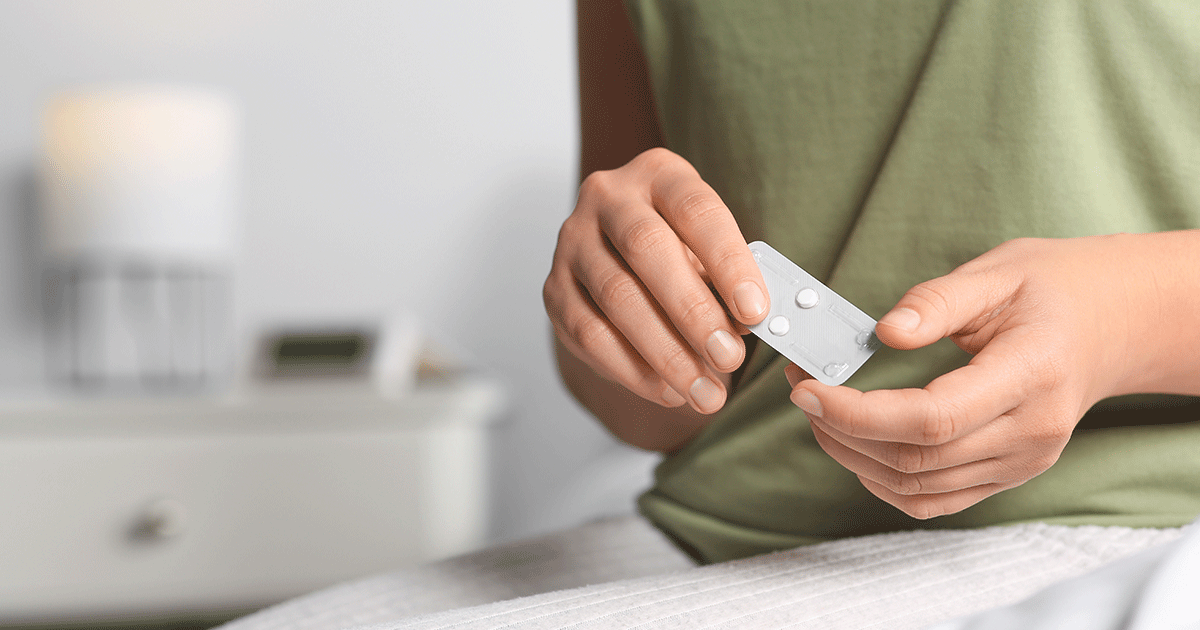July 2, 2025
If you’re in your second trimester (between 13 and 26 weeks of pregnancy), you might be asking, What now? Maybe you just found out you’re pregnant, or maybe this stage of pregnancy is bringing new questions or emotions. No matter where you are in your journey, Collage is here to offer support, information, and a safe place to talk through your options. Understanding Abortion Laws in Nebraska In Nebraska, abortion is not permitted after 12 weeks gestation, with limited exceptions. If you’re considering abortion and believe you may be near or past this point, it’s important to have an ultrasound to confirm how far along you are. If you’re unsure how far along you are, Collage offers no-cost lab-quality pregnancy testing and ultrasounds to provide the medical information you need to understand your next steps. Exploring Your Other Pregnancy Options If abortion is not an option or you’re unsure what’s next, you still have choices. We can talk with you more about each of them. Parenting Parenting might feel like something you’re not ready for or even impossible right now. But with the right support, it may be more achievable than you think. You don’t have to have all the answers today. At Collage, we can connect you with local resources, parenting classes, and support systems that can help you prepare, step by step. You won’t be alone. Adoption If parenting doesn’t seem like the right fit for your current season, adoption is another option that gives you the ability to make a thoughtful plan for your child. Today’s adoption process puts you in control of key decisions, including: Choosing the adoptive family Deciding how much (if any) communication you’d like to have Creating a plan that reflects your goals and values We offer adoption referrals and a confidential space to explore what this might look like for you—no pressure, just information and support. You’re Not Alone Navigating pregnancy in the second trimester can feel heavy, but you don’t have to walk through it by yourself. At Collage, you’ll find compassionate care, medical services, and honest answers to your questions. Schedule your no-cost appointment today. We’re here to listen and support through this process.














